Rocks & minerals
Bayfield Peninsula’s top collection of rocks, minerals, fossils, and gems.
Lake Superior Agate
Our most well-known mineral, the Lake Superior Agate is recognized by its distinct patterns and red, orange, and yellow coloring — caused by the concentration of iron around Lake Superior.
Formed over billions of years as a result of tectonic rifts, lava flows, erosion, and glacial movement, agates have a special place in this region. Here are a few different varieties you might find as you comb rocky beaches (or Ghost Ship Gallery):
Fortification Agate: The most common and distinctive type. Bands resembling an overhead view of a fort follow the general shape of the cavity.
Water-line Agate: A stack of parallel bands formed as a result of gravity and water slowly laying one band at a time.
Shadow Agate: Alternating translucent and opaque bands create a shadow effect when the agate is moved.
Tube Agate: Sometimes, thin mineral inclusions formed parallel to the main agate structure, leaving tubes behind.
Eye Agate: One of the rarest types of agate. Perfectly round bands (or “eyes”) dot the surface of the stone.

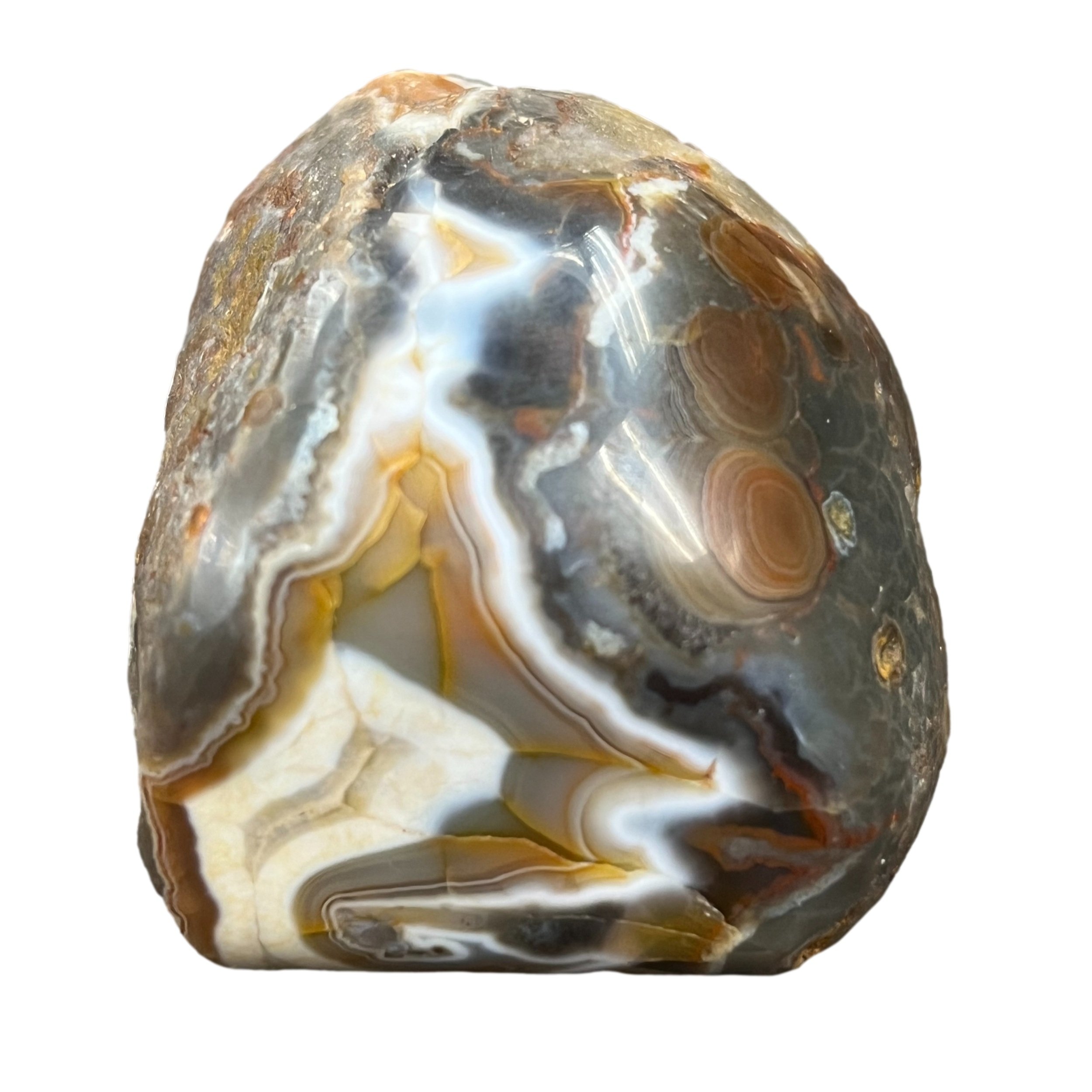
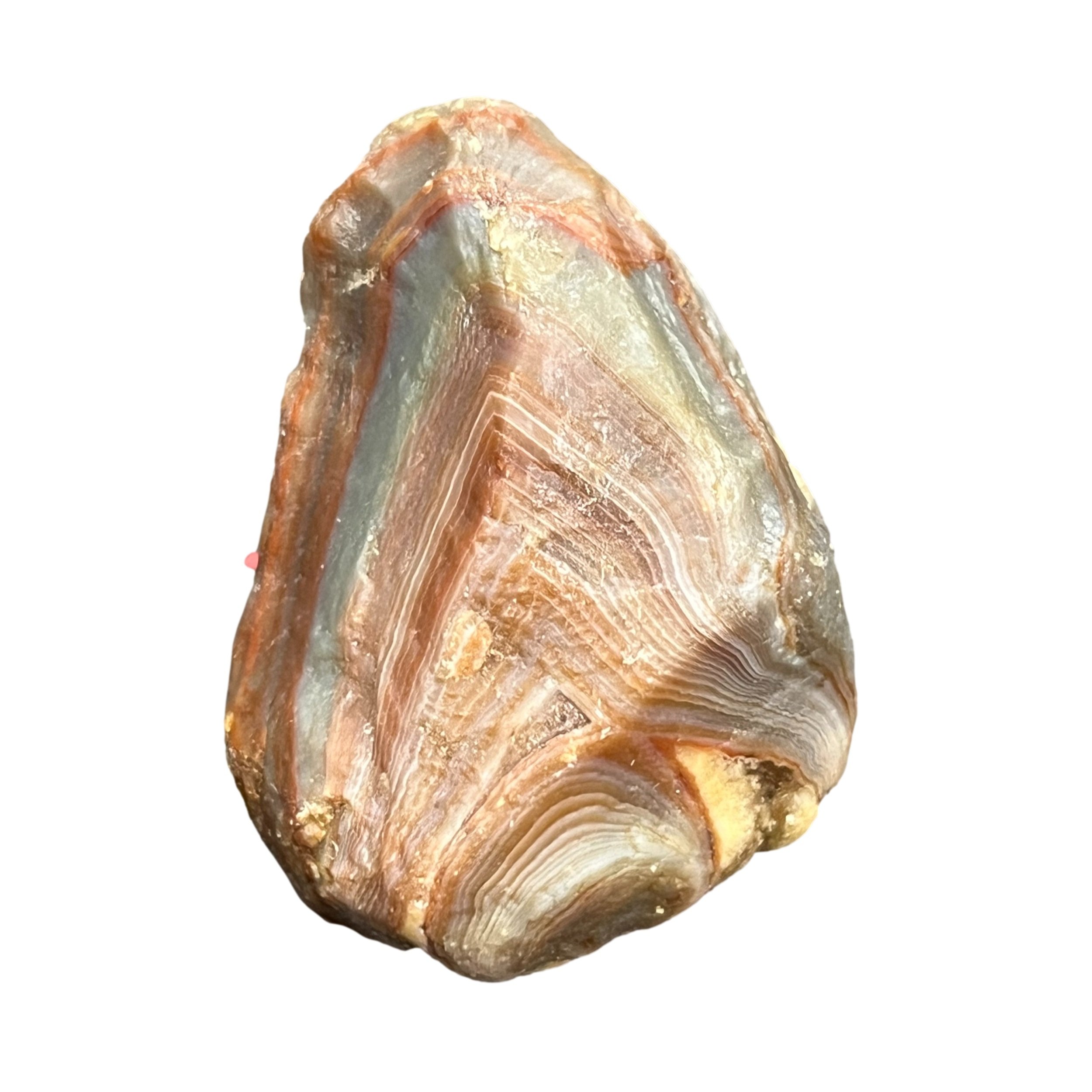

Native Michigan Copper
Native Americans started mining copper and producing copper tools on northern Michigan’s Keweenaw Peninsula between 5000 BCE and 1200 BCE. During the 19th and 20th century, the region led the world in copper production, and Michigan copper became known as the purity standard to which all other refined copper was compared. Most of the mines are now closed, but copper remains an important mineral in northern Michigan’s geology and an important part of the region’s history.
Petoskey Stone
Named Michigan’s state stone in 1965, Petoskey Stones are the fossilized skeletons of coral polyps that lived around 350 million years ago. “Petoskey” is derived from the name of Odowa Chief Petosega, which translates to “rising sun” or “rays of the living sun.”
Where found
Michigan
Healing properties
Recognize and acknowledge emotions
Find peace, harmony, and splendor
Bring abundance to creative projects
Amethyst
Amethyst — the February birthstone — is a violet variety of quartz. The name comes from the Hellenistic Greek word for "intoxicate," a reference to the belief that the stone protected its owner from drunkenness. Ancient Greeks wore amethyst and carved drinking vessels from it in the belief that it would prevent intoxication.
Where found
United States, Bolivia, Brazil, Uruguay, South Korea, Russia, South India
Healing properties
Find calmness, balance, and peace
Eliminate impatience
Enhance intuition and spirituality
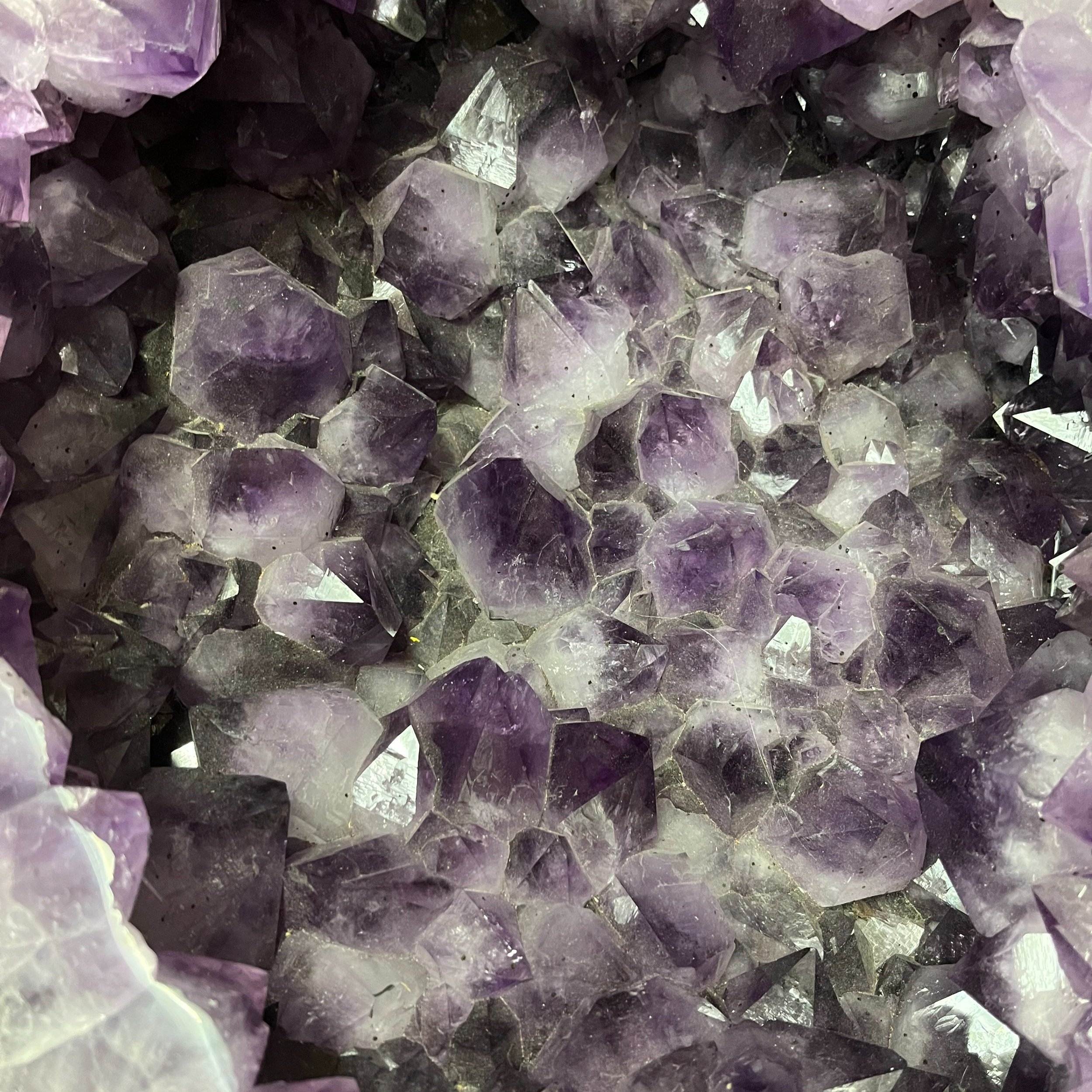
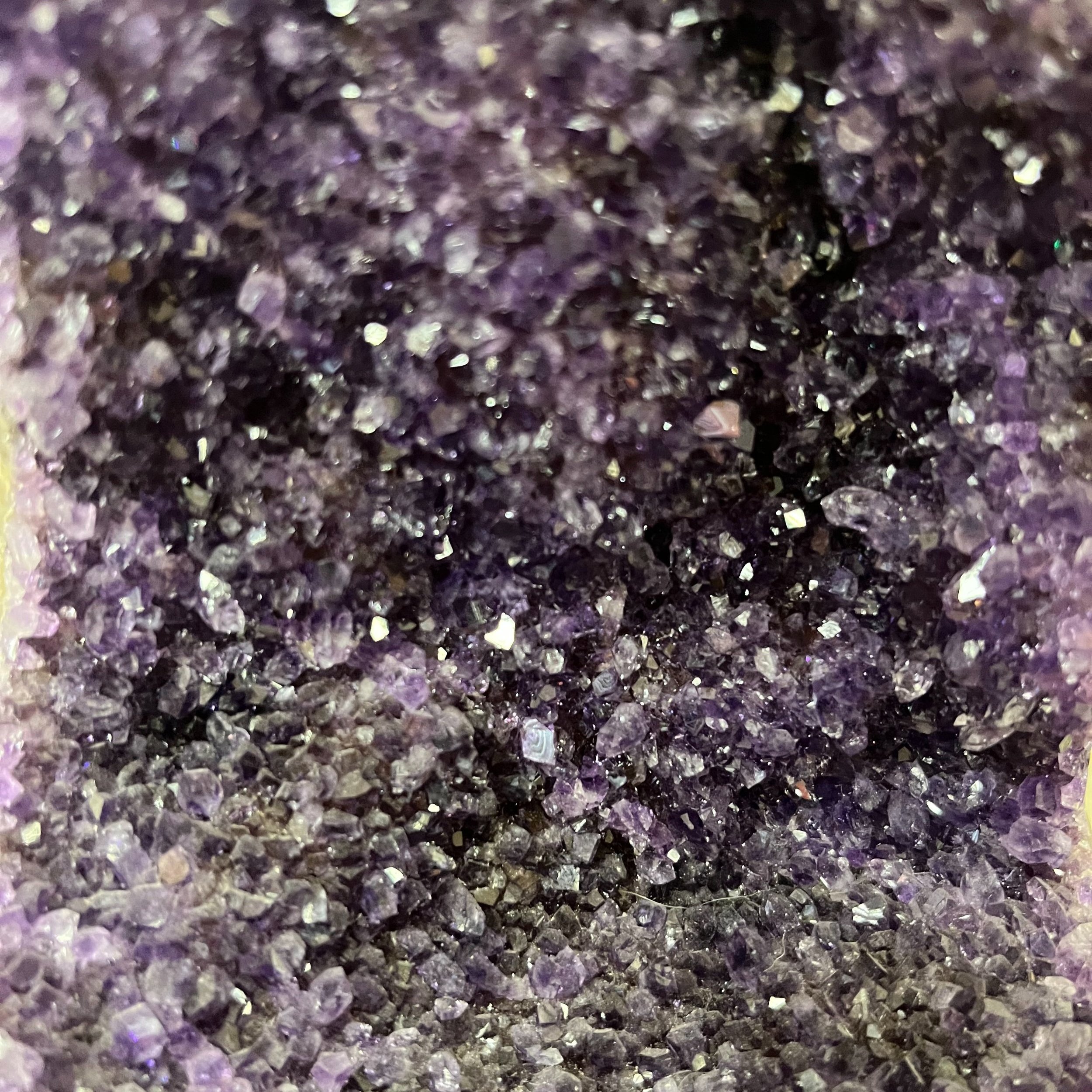
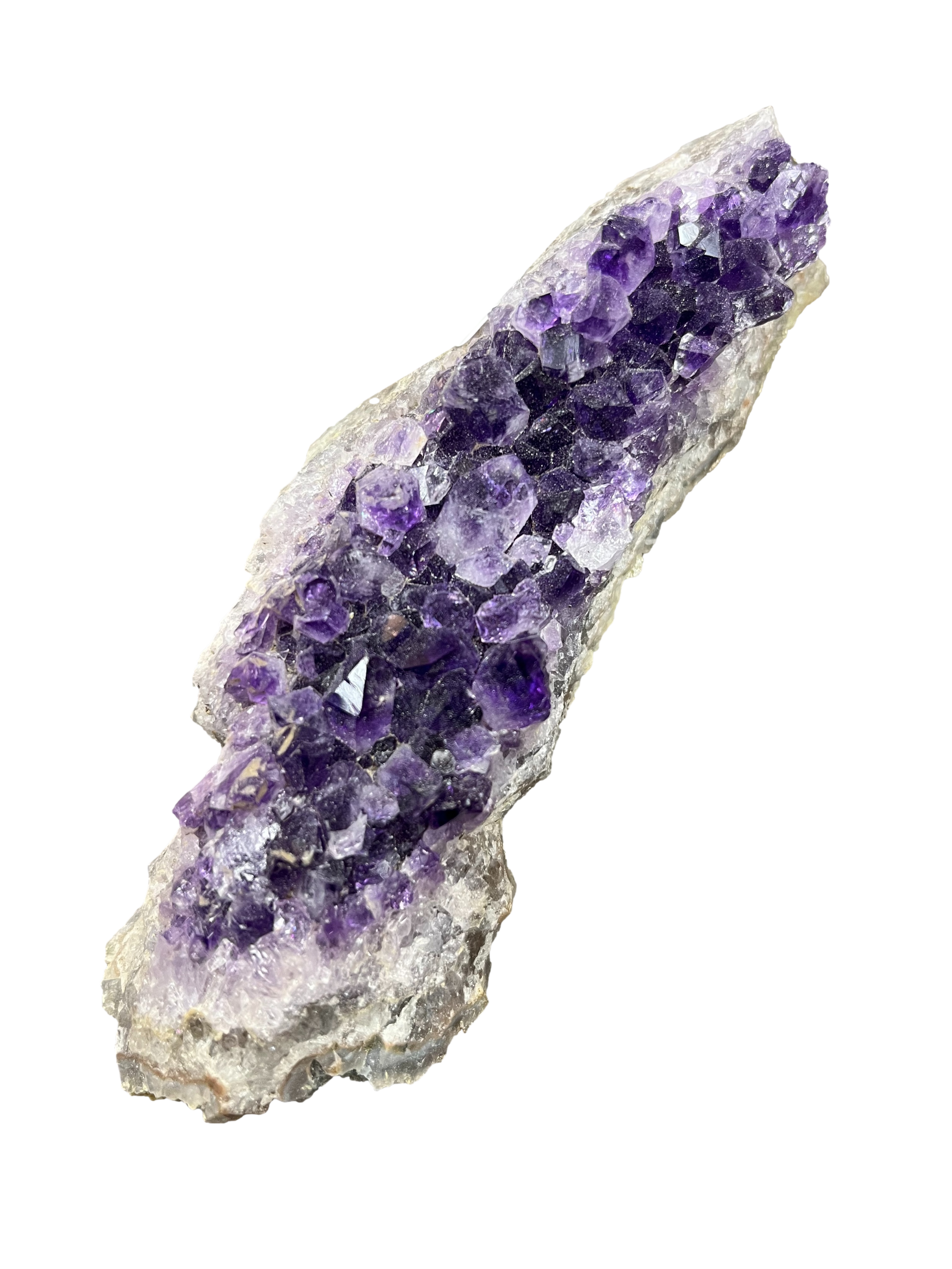
Fluorite
Often considered the most colorful mineral in the world, this naturally cubic crystal comes in every color of the rainbow. Named in 1797 by Carlo Antonio Galeani Napione from the Latin "fluere" (to flow, for its use as a flux). The term “fluorescence” was derived from fluorite. Most fluorite glows under UV light.
Where found
United States, South Africa, China, Mexico, Mongolia, the United Kingdom, Canada, Tanzania, Rwanda, Argentina
Healing properties
Powerful stone for clarity and mental enhancement
Clear negative energy and aid in decision making
Balance thoughts and ideas
Activate your entire chakra column, which will lead to the discovery of your true self
Calcite
Calcite is one of the most common minerals on earth, but that doesn’t make the many forms it can take any less spectacular. With more than 300 different types of crystal formations, calcite comes in wide range of colors, sizes, and shapes — including limestone, marble, stalagmites and stalactites in caves, and the shells of sea creatures.
Where found
Calcite can be found everywhere on earth
Healing properties
Increase and amplify healing, learning, and awareness
Improve focus and concentration
Balance and cleanse the chakras
Quartz
Quartz is the second most common mineral on earth (feldspar is the first) and there are many varieties. Several of these varieties are classified as gemstones and have been used throughout history to make jewelry. In addition to the quartz varieties we’ve already mentioned specifically — including agates, amethyst, and jasper — we have unique specimens of smoky quartz, rose quartz, clear quartz, Herkimer diamonds, and chalcedony in Ghost Ship Gallery.
Where found
Quartz can be found everywhere on earth
Healing properties
Known as the most powerful healing stone
Use for manifesting, healing, meditating, protecting, and channeling
Enhance spiritual growth, spirituality, and wisdom
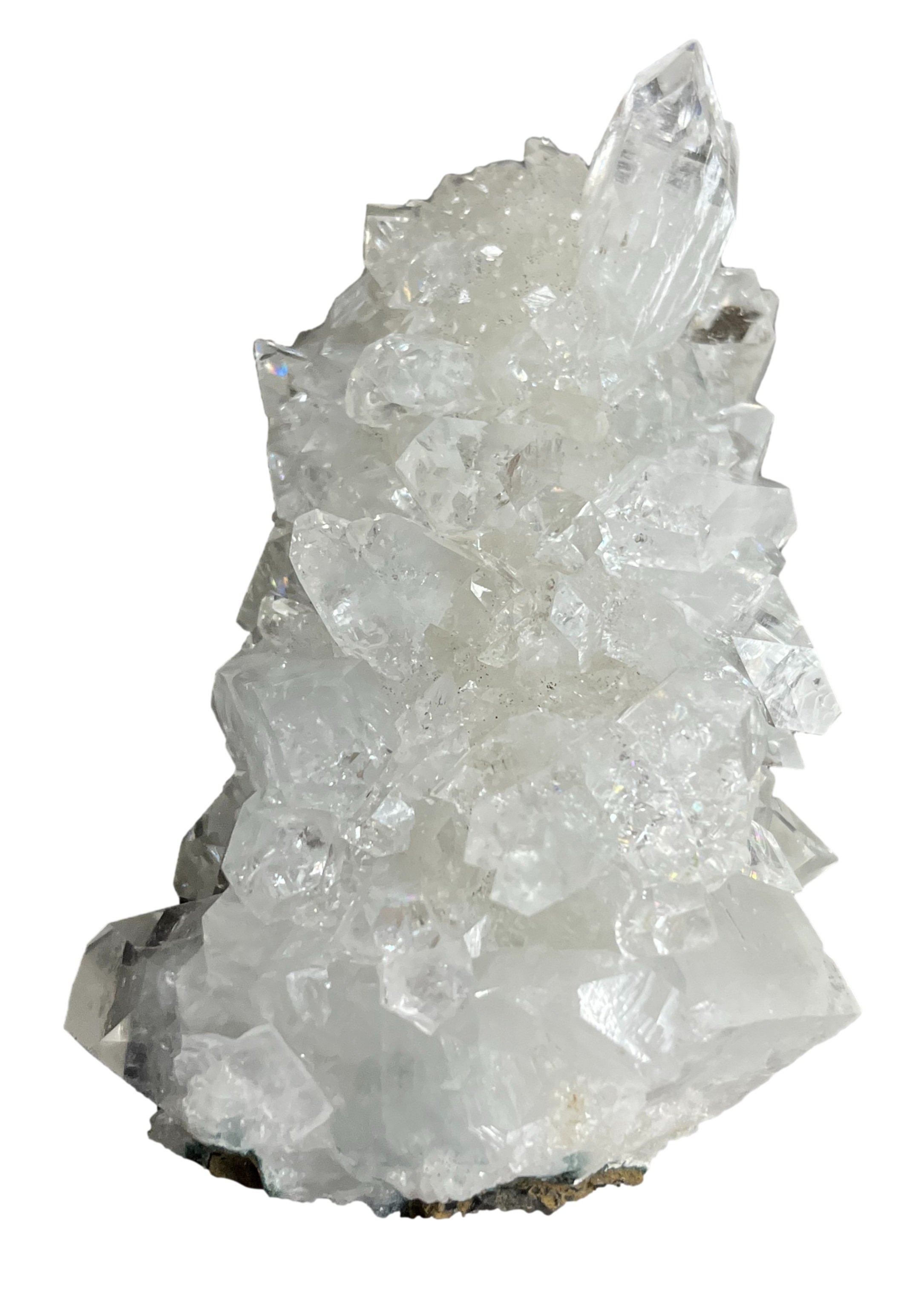
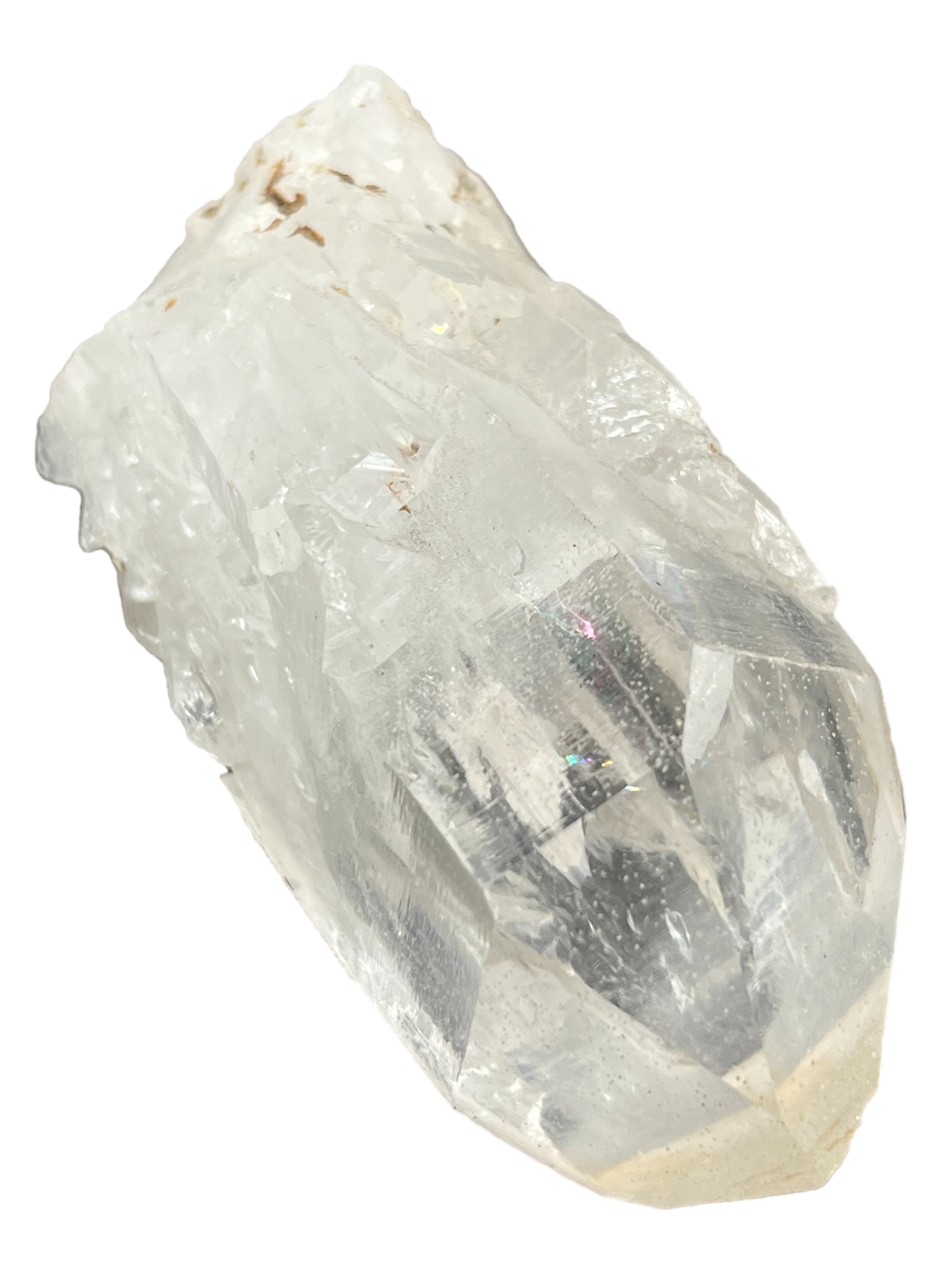
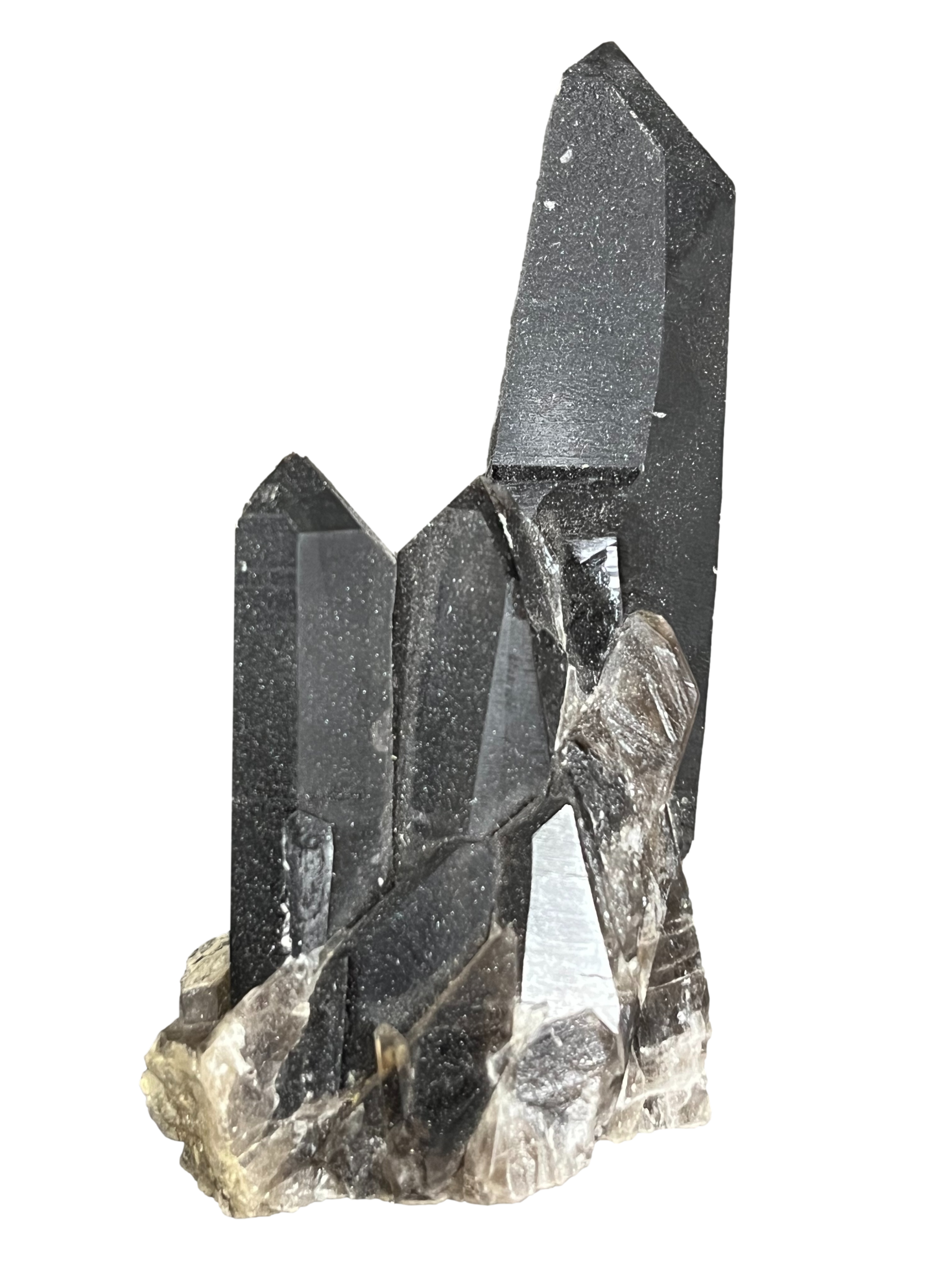
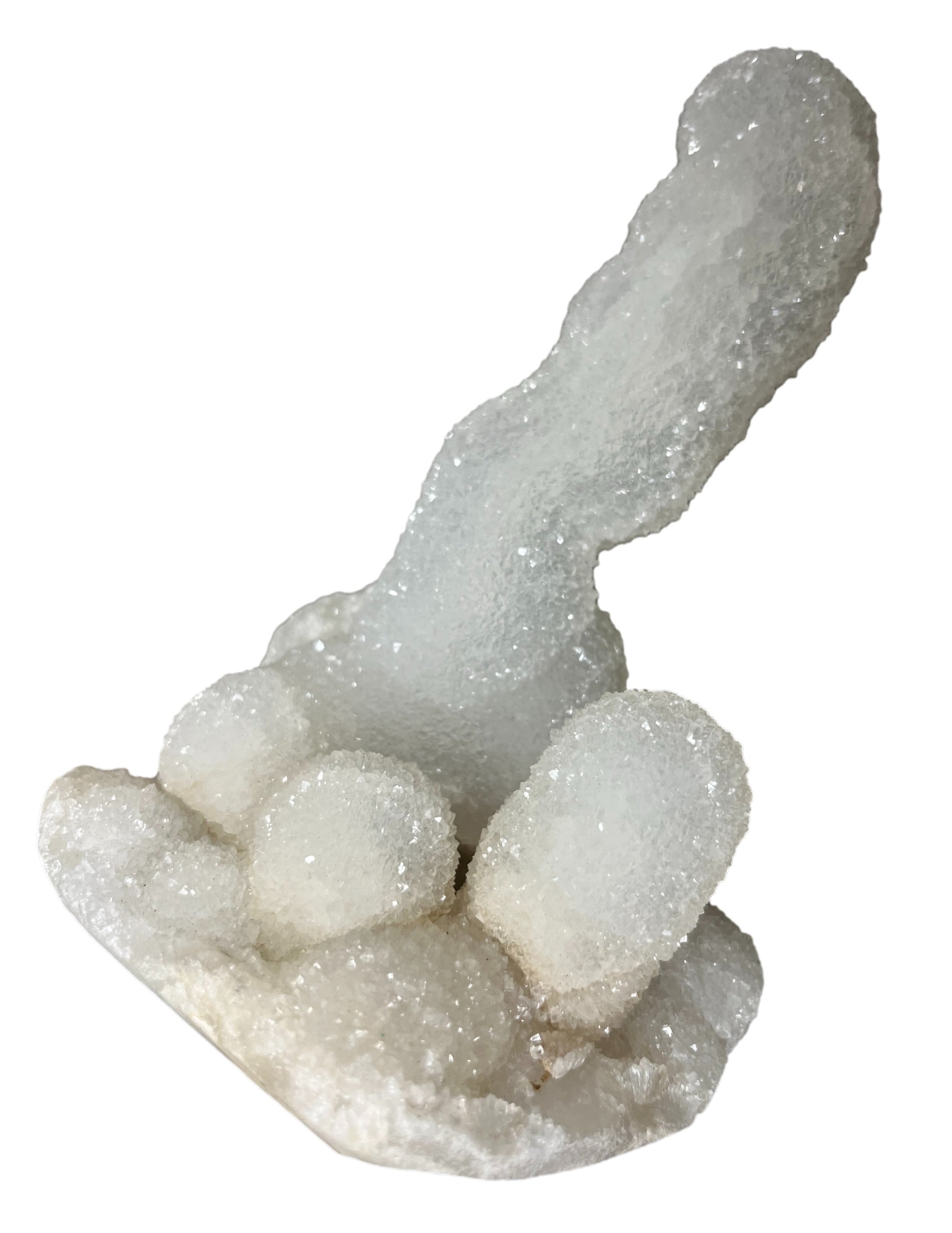
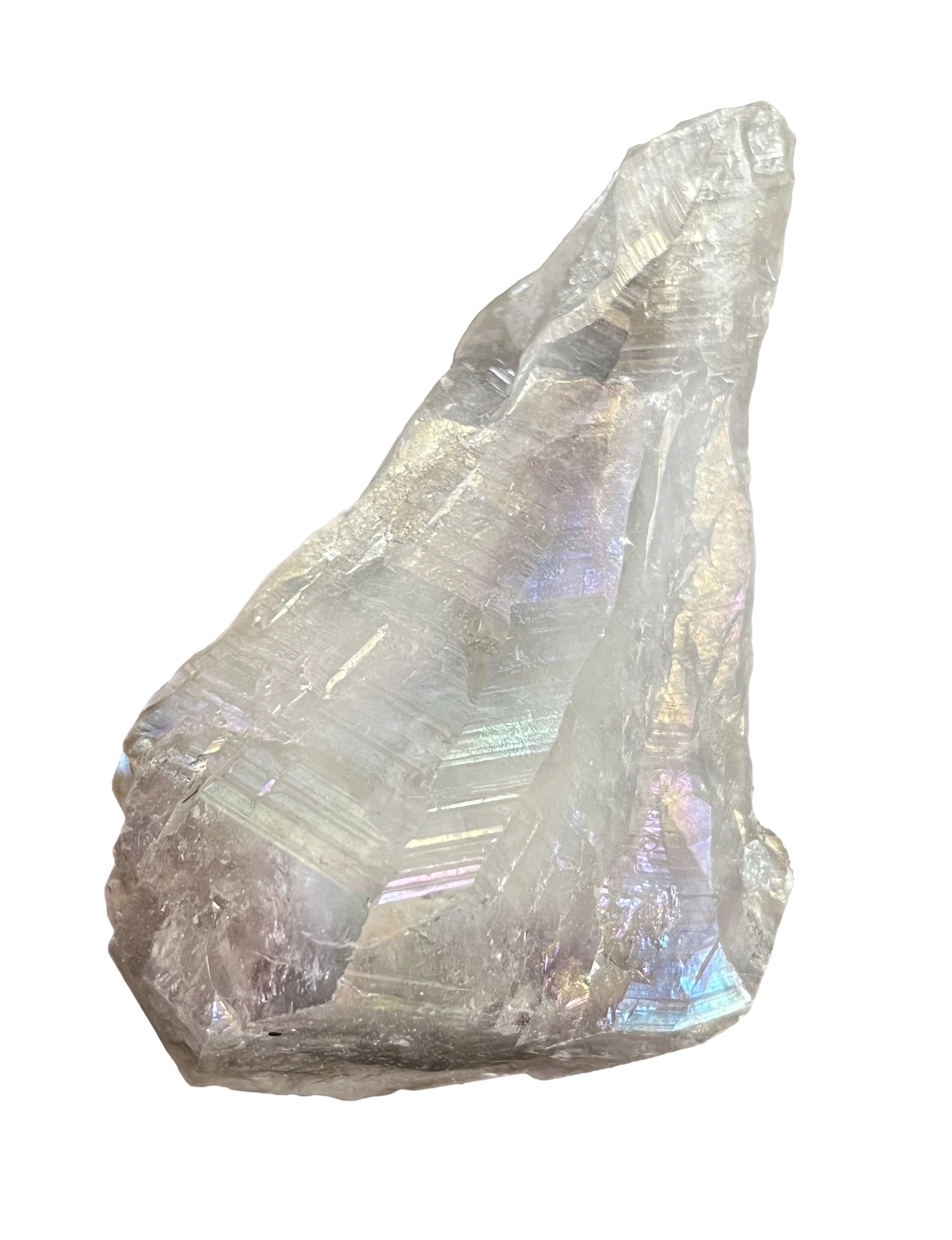
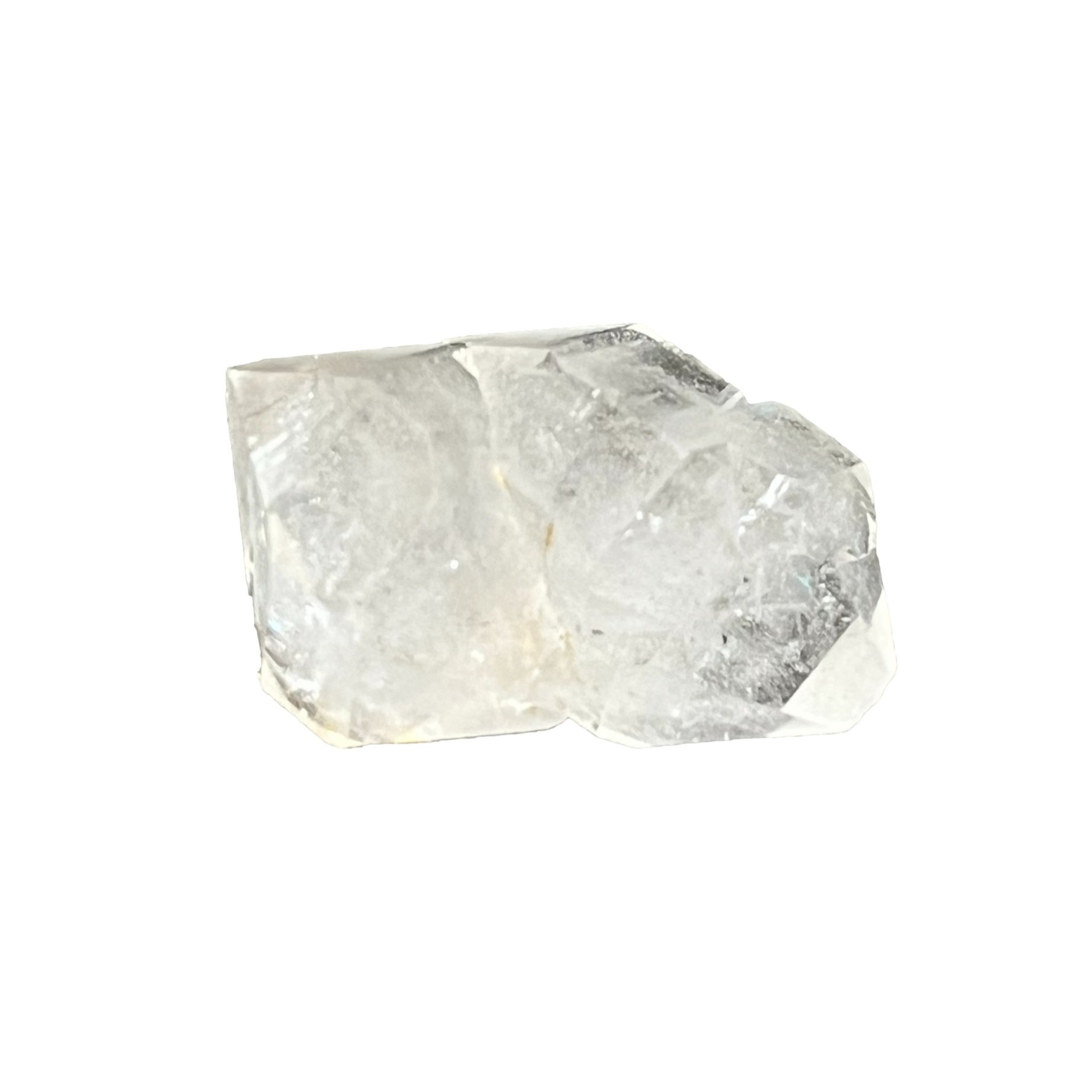
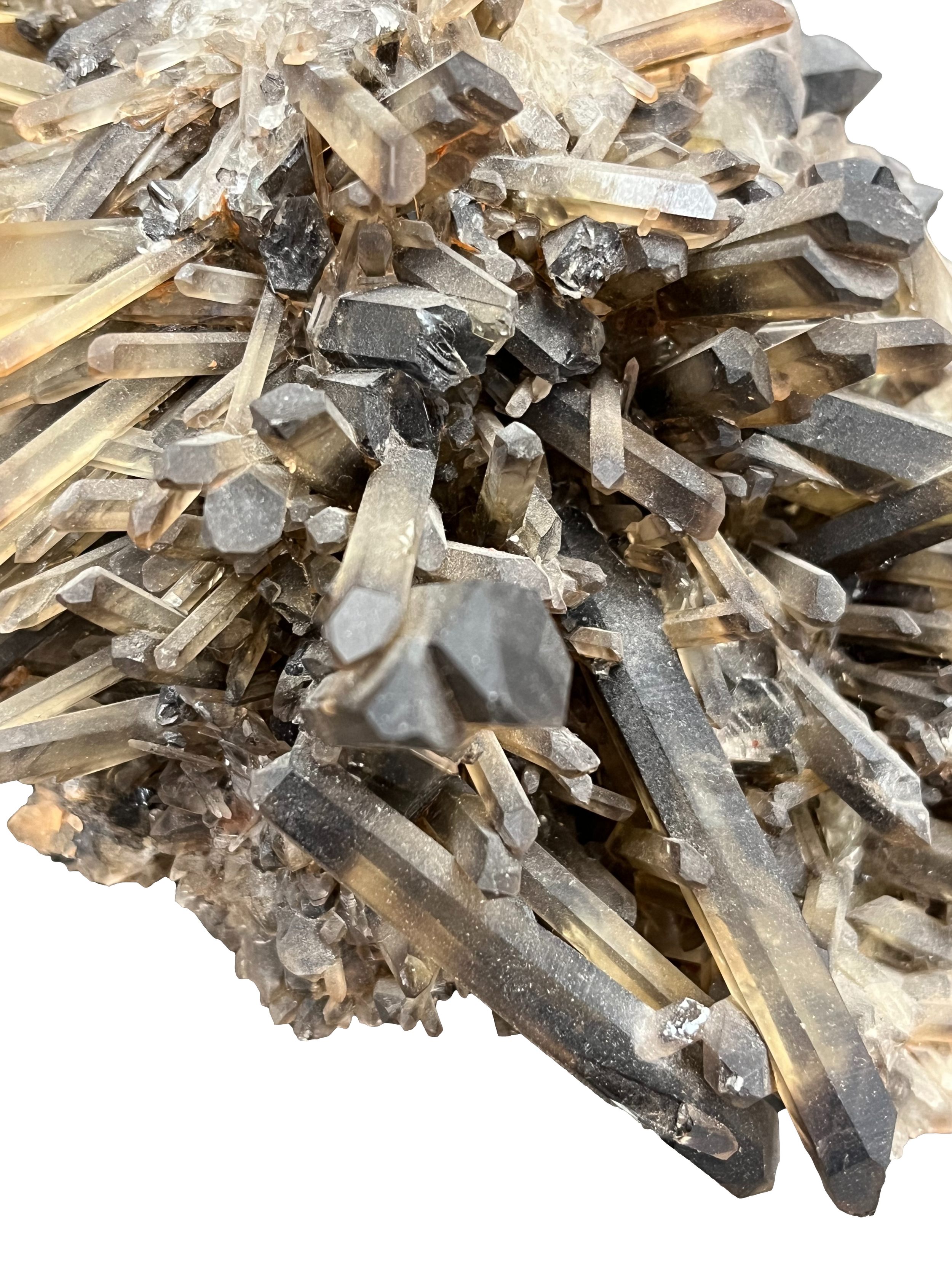
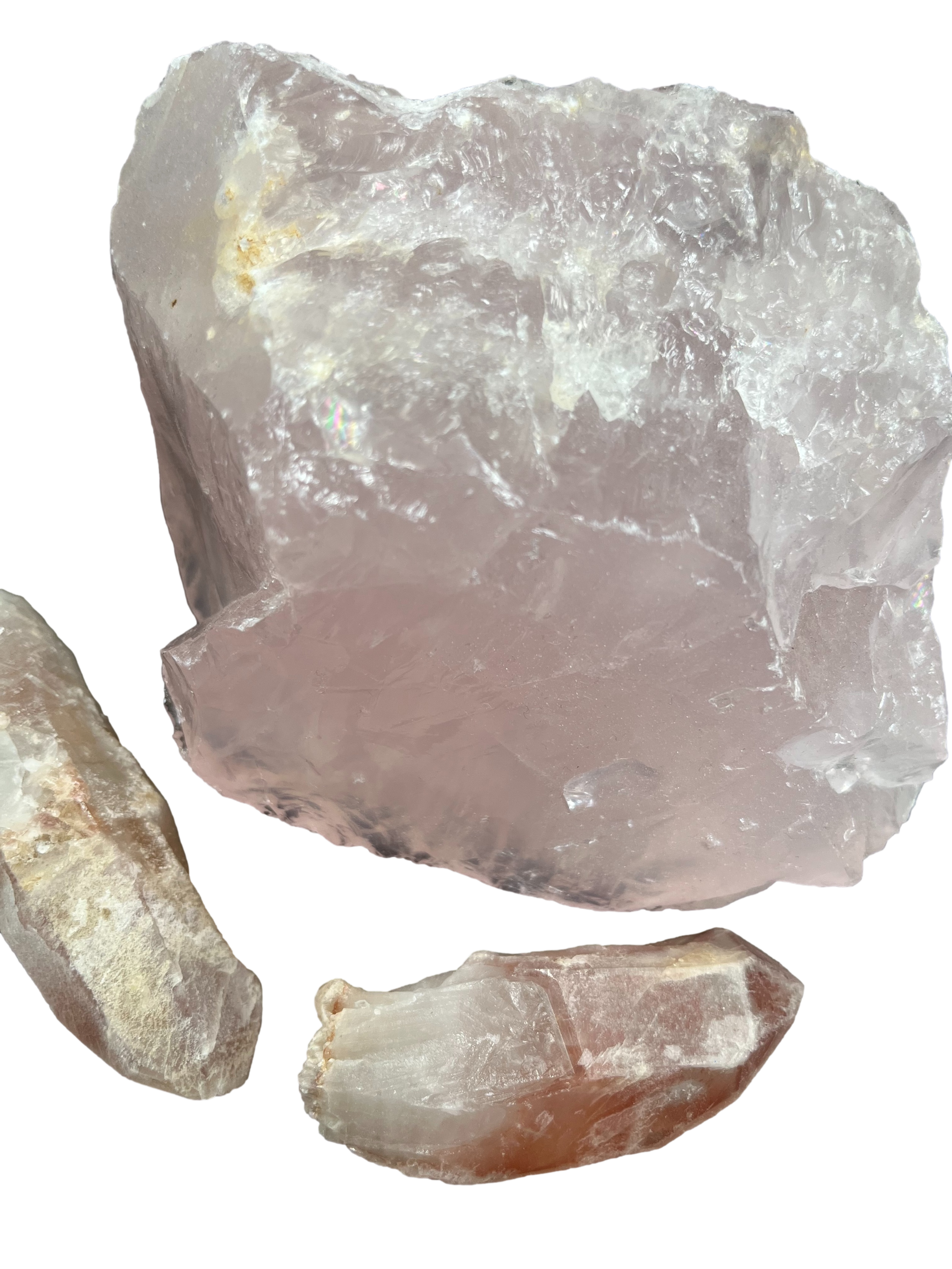
Malachite
Ancient cultures mined and smelted malachite to obtain copper as early as 4000 BC, and it’s been popular as a pigment for thousands of years because the striking green color doesn’t fade when it’s exposed to light. Ancient Egyptians, Greeks, and Romans believed malachite warded off evil spirits, and often carved it into amulets.
Where found
US (Arizona, New Mexico, Utah), Congo, Zambia, Namibia, Mexico, Australia, Russia
Healing properties
Use as a protection stone to absorb negative and toxic energies
Find inner strength and confidence
Embrace change
Azurite
The deep blue azurite — produced by weathering copper deposits — has been known since the pre-classical ancient world and was used as a pigment as early as the Fourth Dynasty in Egypt. It’s a sister mineral of malachite, though is typically less abundant, and can form in association with malachite to form a striking green and blue mineral called azurmalachite.
Where found
US (Arizona, New Mexico, Utah), Egypt, France, Italy, Morocco, Russia, Zambia, Namibia, Mexico, China, Australia
Healing properties
Find inner strength and balance
Awaken intuitive abilities
Remove blocks to connect with spirit guides
Stilbite
Stilbite forms in volcanic rock and hot spring deposits. Named from the Greek word "stilbein" (to glitter or shine), the mineral can be colorless, white, peach, orange, black, brown, blue, green, red, pink, or apricot. The Deccan Traps in west-central India are the most prolific source of stilbite in the world. This massive shield volcano — one of the largest volcanic features on earth — is formed from layers of solidified flood basalt that are over 6,600 feet thick.
Where found
India, Iceland, Faroe Islands, Isle of Skye, Nova Scotia, US (New Jersey and North Carolina)
Healing properties
Calm your energy to shift into balance and alignment
Find self confidence and peace of mind
Feel supported, protected, and guided as you grow









